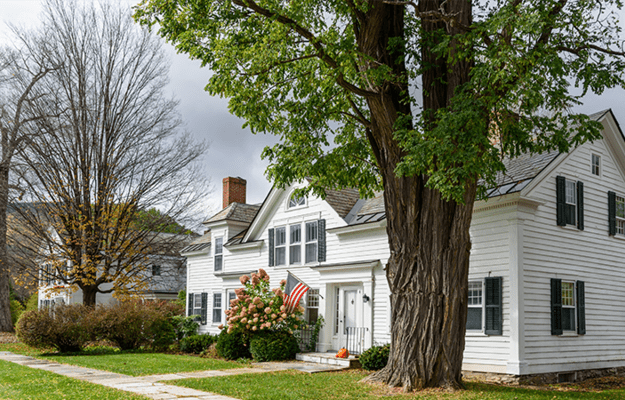
Housing Affordability and Strong Communities
Infrastructure enables the nation and its communities to function. With reliable and equitable transportation, water systems, energy, affordable housing, waste management, and communications, communities can focus on other economic and social advancements. Yet, aging systems, deferred maintenance, insufficient new investments, and long-standing inequities undermine the foundation for all other success.
Affordable housing is infrastructure, a basic physical component needed for society to operate. Research has demonstrated the foundational importance of safe, decent, and affordable housing for child welfare, labor market outcomes, health, and more. Yet, instead of investing in this foundation, the nation and its communities have a dwindling supply of low-rent yet habitable housing, a shortage of rental assistance, and missed opportunities for coordinated and effective service delivery. As a result, evictions and homelessness undermine residential stability and impose fiscal and societal costs.
Every town and city relies on a diverse blend of people whose incomes, assets, and circumstances call for a range of housing types, affordability levels, and related services. Community-based workers need reasonably priced housing near work. New households and growing families need an expanding housing stock with affordable options. Retirees need options for remaining connected and engaged within their community, even if they downsize or look for car-free neighborhood options. And people who have faced traumas, substance use disorders, or justice system involvement need supportive and stable housing in which to regain their footing.
The rules and regulations on the books in many communities create barriers that reduce the housing supply, drive up prices, and make it difficult for people to access a stable and affordable home. Meanwhile, federal investment in rental assistance and the development and preservation of affordable housing has long been insufficient.
One reason affordable housing is scarce is that, in a typical market, an apartment complex with rents affordable to middle-income workers costs more to build than developers can recoup through rents. Creating housing that is affordable for people living on income below the median is even harder. Why is this so, and how can it be changed? A substantial part of the problem and solution is within local control.
New housing doesn’t just require land, materials, and labor; it has to get through local approvals, which can be lengthy, adding to development costs through interest on predevelopment loans. When the new development intends to provide multifamily or affordable housing, approvals are often contentious and uncertain, which can reduce supply and add costs. Local and state regulations that address health, the environment, or other factors can add to housing costs or limit supply, and those impacts should be part of the deliberation about benefits and trade-offs.
Housing supply constraints don’t just add to rents and home prices; they create a drag on the national economy and exacerbate income inequality. According to research by Chang-Tai Hsieh and Enrico Moretti, loosening constraints on housing development in high-productivity cities would increase the nation’s gross domestic product 9.7 percent.
Removing regulatory barriers to affordable housing and investing more in rental subsidies can strengthen the fabric of all communities, from rural hamlets and villages to major urban transit hubs. In fact, modernizing zoning codes, housing permitting processes, and other land-use policies could allow housing resources to stretch farther.
The nation’s affordable rental stock, bridges, and roads are crumbling, and water system deficiencies are creating lasting harm. Housing and other infrastructure investments can prevent further harm and rebuild the foundation for broader social and economic success.
Note: This article builds on a 2016 article published on How Housing Matters: “Why (and How) Localities Should Say Yes to Housing.”


